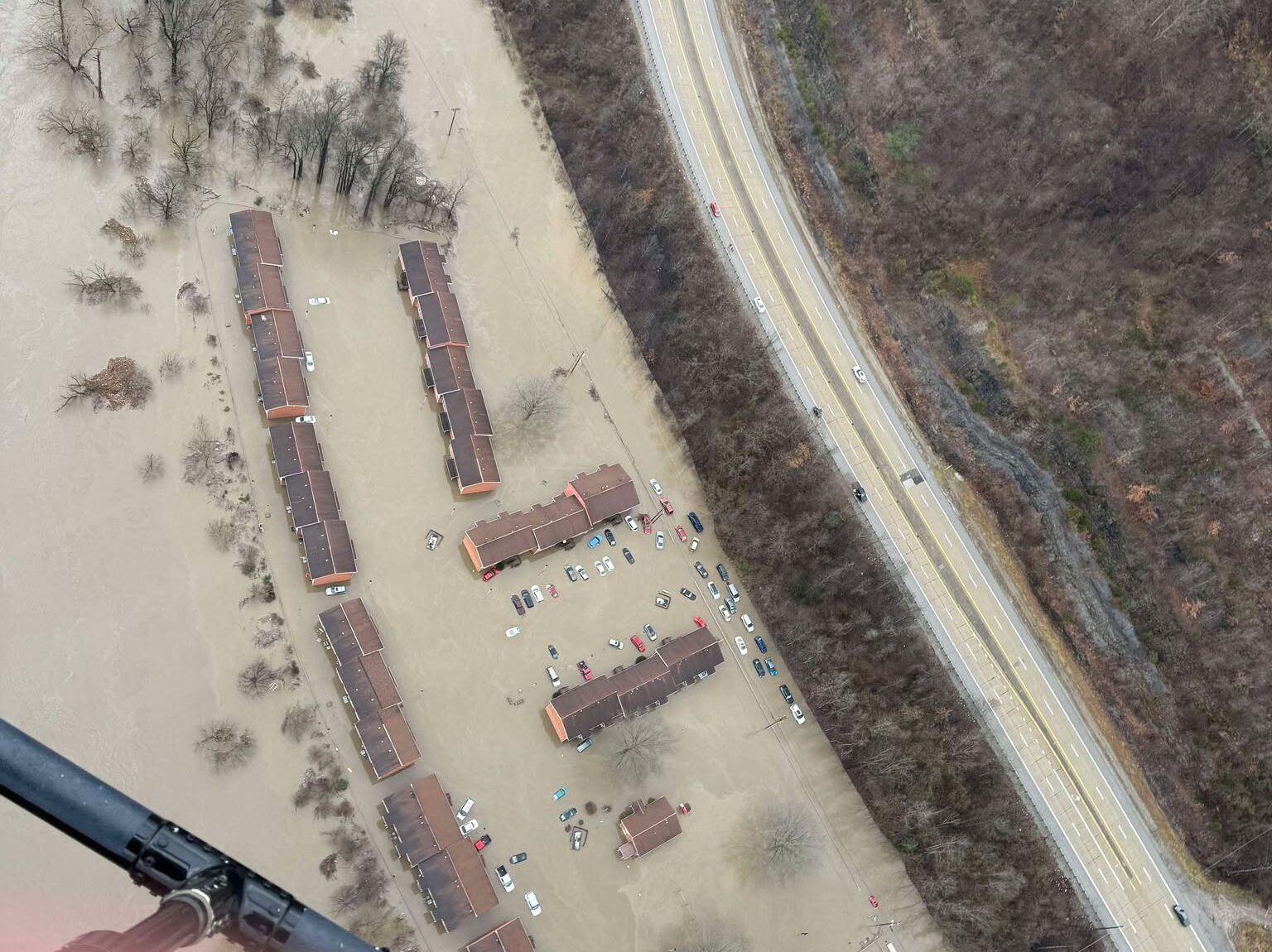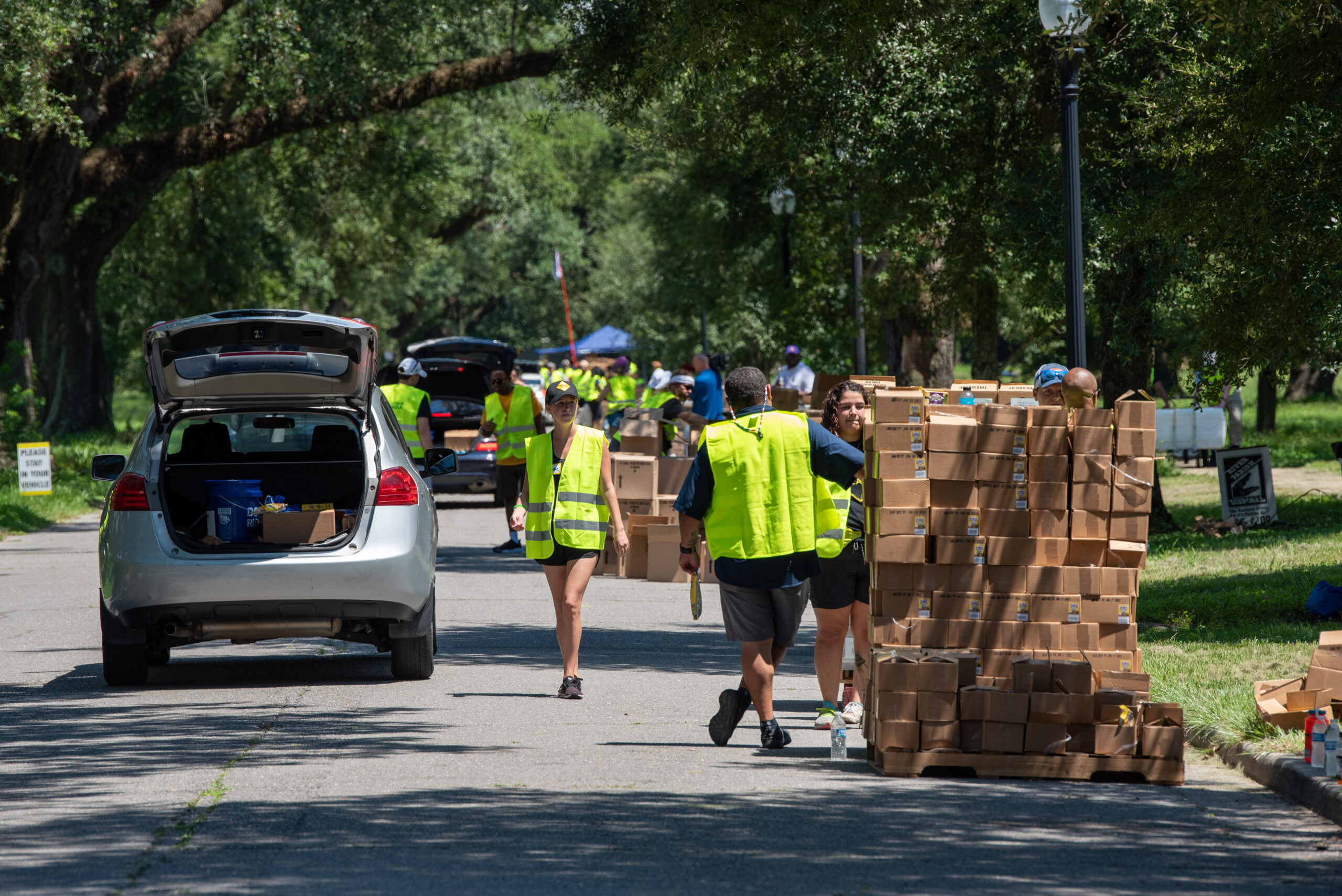What we’re watching: Weekly disaster update, February 17

We know all too well that disaster can strike anytime, anywhere in the world. Some disasters make headlines; others do not. Here at the Center for Disaster Philanthropy (CDP), we monitor the status of disasters worldwide and compile a list of the ones we’re tracking weekly, along with relevant disaster-related media coverage.
Here’s what we’re watching for the week of Feb. 17, 2025.
New or Emerging Disasters
Flooding – Central Appalachia: Approximately nine inches of rain fell in Kentucky beginning on Friday, Feb. 14, causing at least 14 deaths. More than 1,000 people required rescue when rain caused rivers to spill from their banks and snow on the ground melted, contributing to the deluge.
At least eight inches of rain fell in Tennessee and five in Virginia, causing widespread flooding. One flood-related death has been recorded in Georgia.
Kentucky is especially prone to flooding because the region’s moist, thin soil type can’t absorb the increasing amount of snow and rain falling from climate change-induced storms, which leads to bodies of water overflowing and flat areas becoming saturated and pooling.
Over 300 roads are closed in Eastern Kentucky, and hundreds of people have been displaced from their homes. Additionally, the region expects a major winter storm in the coming days, which could complicate flood response efforts.
Atmospheric river – California: Heavy rains and winds in southern California on Feb. 13 caused massive flooding, mudslides and debris flows. Thousands of residents were under evacuation orders, and at least 28,000 customers were without power.
Because of the recent wildfires in L.A. County, much of the ground is susceptible to flooding and debris flows. When fire burns soil, creating burn scars, it leaves a residue that makes it difficult for rain to absorb, causing it to quickly run off, like on pavement. This is extremely dangerous, and officials went door to door to warn people to evacuate from places where debris flows would cause the greatest risk.
Previous/Ongoing Disasters
Wildfires – Argentina: Wildfires have burned at least 115 square miles in Argentina’s Patagonia Forest. At least one person has died, and hundreds of people have been evacuated.
The fires started on Dec. 25, but high winds and unusual heat have been fueling them since then, making them difficult to control. The wildfires are being investigated as the result of arson.
Avian flu – Nevada: A new strain of H5N1 was detected in dairy cattle in Nevada this past week, infecting one person. While this newer strain has been detected in at least 12 other people, this is the first time the infection has been traced to a cow. This strain, known as D1.1, was until recently found only in poultry but has since jumped from poultry to cows, and now from cows to people. This is the same strain that hospitalized a child in British Columbia and killed a man in Louisiana.
Now that there are two strains of H5N1 circulating in cattle, there is a greater concern that the virus has learned how to infect mammals more easily, giving it more opportunities to mutate into a strain that can pass between humans.
Complex Humanitarian Emergencies – Yemen
Many places worldwide are experiencing emergencies caused by conflict, climate change, drought, famine, economic challenges and other conditions that combine to create a complex humanitarian emergency (CHE). CDP maintains profiles on several CHEs; these and others are profiled here weekly.
Yemen is entering its 10th year of a brutal civil war that has displaced millions of people and caused widespread acute food insecurity and severe protection risks for the country’s most vulnerable groups. In 2025, 19.5 million people will require humanitarian aid in Yemen, 1.3 million more people than last year. Despite this overall deterioration, roughly one-third of districts in Yemen have recorded an improvement in conditions, measured by a decrease in negative coping strategies such as child marriage, families meeting their basic needs and a reduction in conflict due to humanitarian assistance.
Key facts:
- One in two children under five is severely malnourished.
- An estimated 6.2 million women and girls risk exposure to different forms of gender-based violence (GBV), with 90% of rural areas lacking access to life-saving care for survivors of GBV.
- Yemen ranks as the third most vulnerable country globally to climate change.
- Yemen is one of the most water-scarce countries in the world, and water availability is on the decline, with groundwater extraction occurring at twice the rate it can replenish. It is projected that groundwater reserves will be depleted by 2050. This is especially concerning since 70% of Yemen’s population relies on agriculture for their livelihood.
- According to UN OCHA, “Yemen experiences the highest burden of cholera globally.”
- Approximately 3.2 million children in Yemen do not attend school. Many children live in displacement camps, and their families are unable to send them to school. Also, most teachers in Yemen no longer receive a salary, which has driven them away from the profession. This has caused overcrowding in the classrooms that still exist and a poor retention rate among students.
- The inability of children to attend or stay in school has dire implications for protection, leaving them vulnerable to child labor, child marriage and recruitment by armed groups.
UN OCHA’s Humanitarian Needs and Response Plan for Yemen in 2025 requires $2.47 billion to provide humanitarian and protection services to the country’s most vulnerable populations.

What We’re Reading
- How local humanitarian groups are navigating U.S. aid freeze havoc – The New Humanitarian: “We are scrambling for whatever limited resources that exist now, from food to medical to any lifesaving item,” said Gloria Soma, executive director of the Titi Foundation, a South Sudanese organisation that works with marginalised women.”
- The U.S.A.I.D chaos already has dire effects – The New York Times: “If the aid freeze continues for three months and family-planning access is not restored this year, there will be 4.2 million unintended pregnancies and 8,300 deaths of women in pregnancy and childbirth, the institute estimated.”
- If FEMA didn’t exist, could states handle the disaster response alone? – The Conversation: “States prone to frequent disasters, such as Louisiana and Florida, would face expensive recurring challenges that would likely exacerbate recovery delays and reduce their overall resilience. Smaller, more rural and less wealthy states that lack the financial resources and logistical capabilities to respond effectively would be disproportionately affected.”
A moment of hope… The Tanka Fund is a Native-led nonprofit helping to rejuvenate the ecosystem of the Great Plains by returning bison and bison ranching to the prairie. Not only are bison a keystone species helping to restore the ecosystem, but the program also returns native bison ranchers to their ancestral lands and connects them to their native diet. The Tanka Fund provides ranchers with grazing land access, funds for repairs and connections to bison meat markets across the country.
